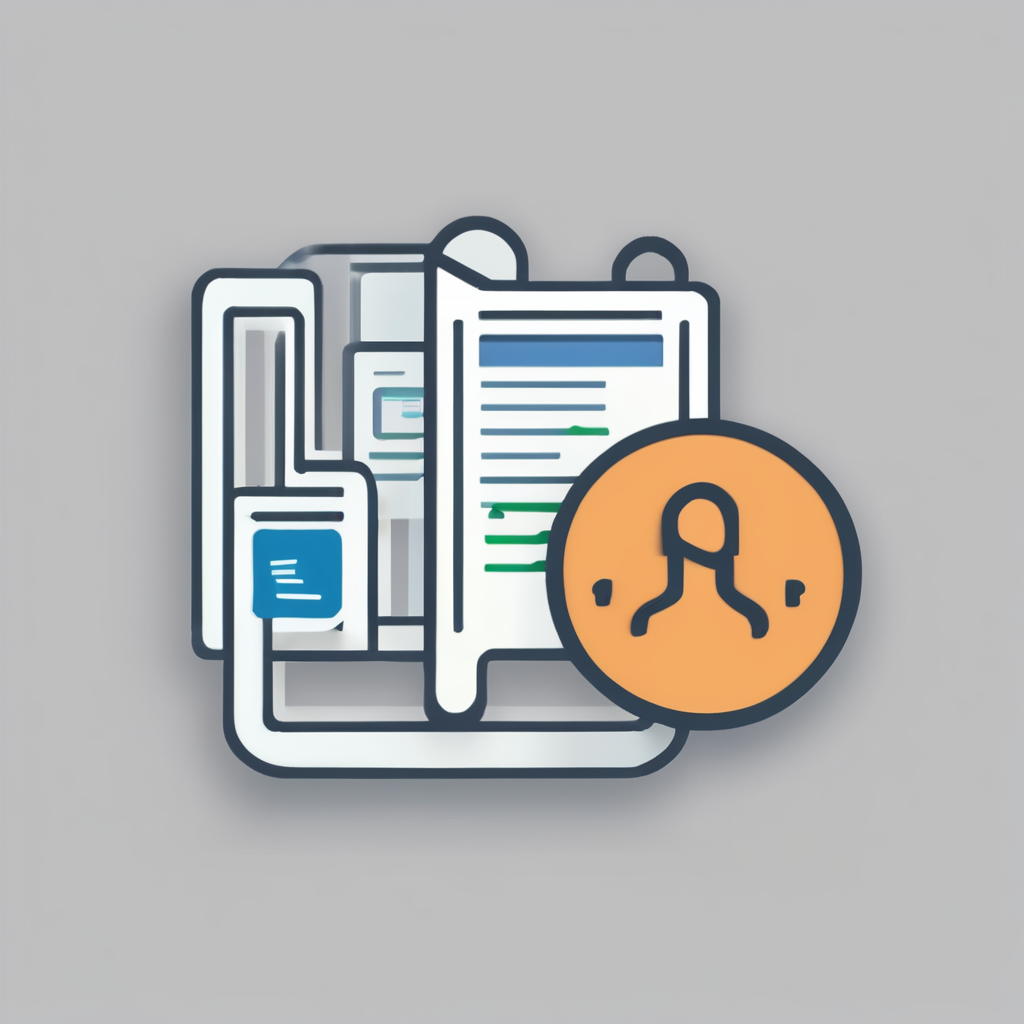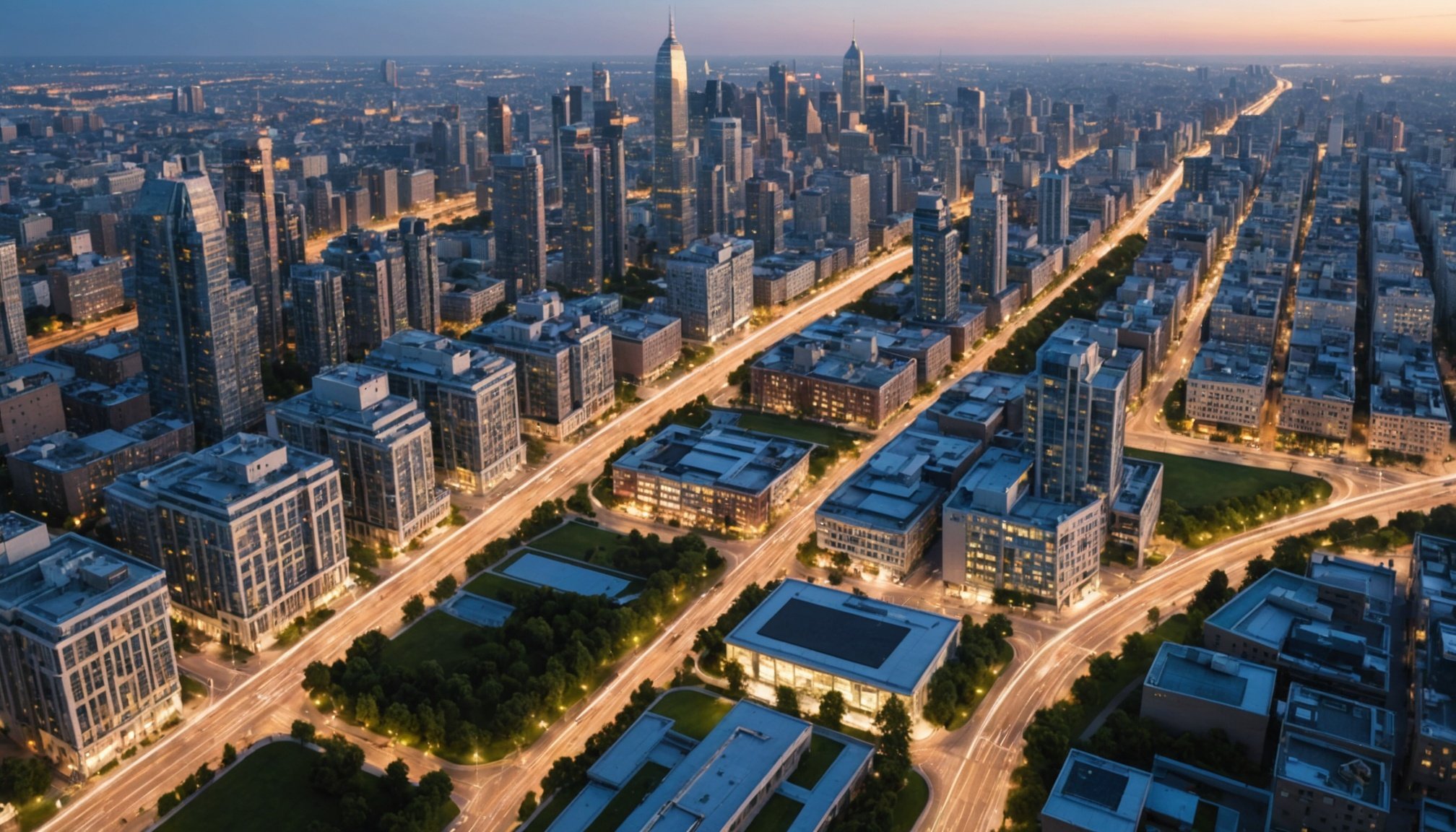Transforming Urban Landscapes: Leveraging AI for Eco-Friendly Urban Planning and Smart Development
In the era of rapid urbanization, cities are facing unprecedented challenges, from managing traffic and energy consumption to ensuring public safety and sustainability. The integration of artificial intelligence (AI) into urban planning is revolutionizing the way cities are designed, managed, and sustained. Here, we delve into the transformative power of AI in creating smart, sustainable, and resilient urban environments.
The Rise of Smart Cities
Smart cities are no longer a concept of the future; they are a reality that is reshaping urban landscapes worldwide. At the heart of this transformation is the use of AI and other advanced technologies to make cities more efficient, sustainable, and livable.
Additional reading : Will Technology Transform the Future of Education in the UK?
AI in Urban Planning
The European Union’s recent launch of the CitiVerse consortium is a prime example of how AI is being harnessed to redefine urban planning. CitiVerse aims to develop AI-based tools to improve urban management, particularly in areas such as mobility, energy, and water management. These tools enable cities to create digital twins, which are virtual replicas of the city, allowing for the simulation of various scenarios, such as floods, and predictive analytics to anticipate and prevent extreme phenomena[1].
Enhancing Urban Management with AI
AI is not just a tool for planning; it is a game-changer in the day-to-day management of urban systems.
Have you seen this : How are UK universities fostering tech talent and innovation?
Traffic Management
In cities like Tunis, AI is being used to improve traffic management. Data-driven models analyze real-time traffic data to optimize traffic flow, reduce congestion, and enhance public transportation systems. For instance, predictive analytics can forecast traffic patterns, enabling authorities to make informed decisions about traffic light timings and route optimizations[3].
Energy and Resource Management
AI plays a crucial role in optimizing energy consumption and resource management. Inria, a French research institute, is working on integrating energy transition objectives into the development of new software technologies. This includes rationalizing energy consumption of software and processors, developing optimization tools for complex database management, and even recovering thermal energy from data centers to inject it into urban heating networks[2].
Public Safety and Quality of Life
AI is also enhancing public safety and improving the quality of life for urban residents.
Predictive Analytics for Public Safety
Predictive analytics powered by AI can help in crime prevention and emergency response. By analyzing historical crime data and real-time inputs, AI systems can predict high-risk areas and times, allowing law enforcement to deploy resources more effectively. Additionally, AI-driven systems can quickly respond to emergencies, such as fires or natural disasters, by optimizing rescue routes and resource allocation.
Waste Management
AI can significantly improve waste management systems, making them more efficient and sustainable. For example, AI-powered sensors can monitor waste levels in real-time, optimizing collection routes and reducing the number of vehicles on the road. This not only reduces emissions but also improves public health by ensuring timely waste disposal.
Challenges and Opportunities
While AI offers numerous benefits, there are also challenges that need to be addressed.
Data Privacy and Security
One of the significant challenges is ensuring data privacy and security. As cities rely more on big data and AI, the risk of data breaches and misuse increases. Regulatory frameworks, such as those discussed by the Ordre des Architectes, are essential to protect intellectual property and ensure ethical use of AI in urban planning[4].
Infrastructure and Inclusion
Another challenge is the need for robust infrastructure to support AI-driven systems. This includes high-speed internet, data storage facilities, and advanced hardware. Moreover, ensuring that these technologies are inclusive and accessible to all segments of the population is crucial. The African Union’s digital transformation strategy (2020-2030) highlights the importance of harmonizing regulatory policies and investing in basic infrastructure to reduce the digital divide[3].
Practical Insights and Actionable Advice
For cities looking to leverage AI for sustainable development, here are some practical insights and actionable advice:
Start with Data Analytics
- Begin by collecting and analyzing data on various urban systems such as traffic, energy consumption, and waste management.
- Use data analytics to identify areas of inefficiency and opportunities for improvement.
Invest in Digital Infrastructure
- Develop robust digital infrastructure including high-speed internet, cloud storage, and advanced hardware.
- Ensure that this infrastructure is resilient and secure to support AI-driven systems.
Engage Citizens
- Use virtual worlds and digital twins to engage citizens in urban planning.
- Allow citizens to visualize future development projects and interact with local authorities, fostering a more participative and inclusive urban planning process[1].
Focus on Sustainability
- Integrate sustainability goals into the development of AI technologies.
- Opt for low-tech, sufficient, and resilient solutions that minimize environmental impact[2].
Real-World Examples
Several cities and regions are already seeing the benefits of AI in urban planning.
CitiVerse Consortium
- The CitiVerse consortium, backed by the European Union, aims to integrate nearly 100 cities by 2026, providing a common platform for developing digital twins and facilitating industrial cooperation and the exchange of best practices[1].
Tunisian Urban Planning
- Tunisia is using AI models to improve traffic management and public transportation systems, making urban mobility more efficient and sustainable[3].
Inria’s Energy Transition
- Inria’s research on integrating energy transition objectives into software development is a model for creating more sustainable and energy-efficient technologies[2].
The integration of AI into urban planning is not just a trend; it is a necessity for creating sustainable, smart, and resilient cities. By leveraging AI, cities can optimize their systems, enhance public safety, and improve the quality of life for their residents. As we move forward, it is crucial to address the challenges associated with AI adoption, ensure inclusivity, and focus on sustainability.
Table: Comparative Benefits of AI in Urban Planning
| Aspect | Traditional Methods | AI-Driven Methods |
|---|---|---|
| Traffic Management | Manual traffic light control, limited real-time data | Predictive analytics, real-time data analysis, optimized traffic flow |
| Energy Management | Static energy consumption patterns | Dynamic energy optimization, real-time monitoring, reduced waste |
| Public Safety | Reactive crime response, limited predictive capabilities | Predictive analytics, proactive crime prevention, optimized emergency response |
| Waste Management | Scheduled waste collection, high emissions | Real-time monitoring, optimized collection routes, reduced emissions |
| Citizen Engagement | Limited public participation | Virtual worlds, digital twins, interactive urban planning |
| Sustainability | Limited focus on sustainability | Integrated sustainability goals, low-tech and resilient solutions |
Detailed Bullet Point List: Key AI Applications in Urban Planning
-
Traffic Management:
-
Real-time traffic monitoring
-
Predictive analytics for traffic flow optimization
-
Intelligent traffic light control
-
Route optimization for public transportation
-
Energy Management:
-
Real-time energy consumption monitoring
-
Predictive analytics for energy demand forecasting
-
Optimization of energy distribution
-
Integration with renewable energy sources
-
Public Safety:
-
Predictive crime analytics
-
Real-time emergency response optimization
-
Intelligent surveillance systems
-
Data-driven decision making for law enforcement
-
Waste Management:
-
Real-time waste level monitoring
-
Optimized waste collection routes
-
Reduction in waste disposal vehicles
-
Improved public health through timely waste disposal
-
Citizen Engagement:
-
Virtual worlds for urban planning visualization
-
Interactive digital twins for public participation
-
Real-time feedback mechanisms for citizens
-
Inclusive and participative urban planning processes
-
Sustainability:
-
Integration of sustainability goals in AI development
-
Low-tech and resilient technology solutions
-
Energy-efficient software and hardware
-
Reduction in environmental impact through optimized systems
As Majdouline Khaled, CEO and co-founder of AGARUW, aptly puts it, “In a region where 60% of the population is under 30, leveraging digital solutions is not just an opportunity, it’s a necessity for shaping a more sustainable future.”[3] The future of urban development is undoubtedly tied to the intelligent use of AI, and it is up to us to ensure that this future is sustainable, inclusive, and beneficial for all.

